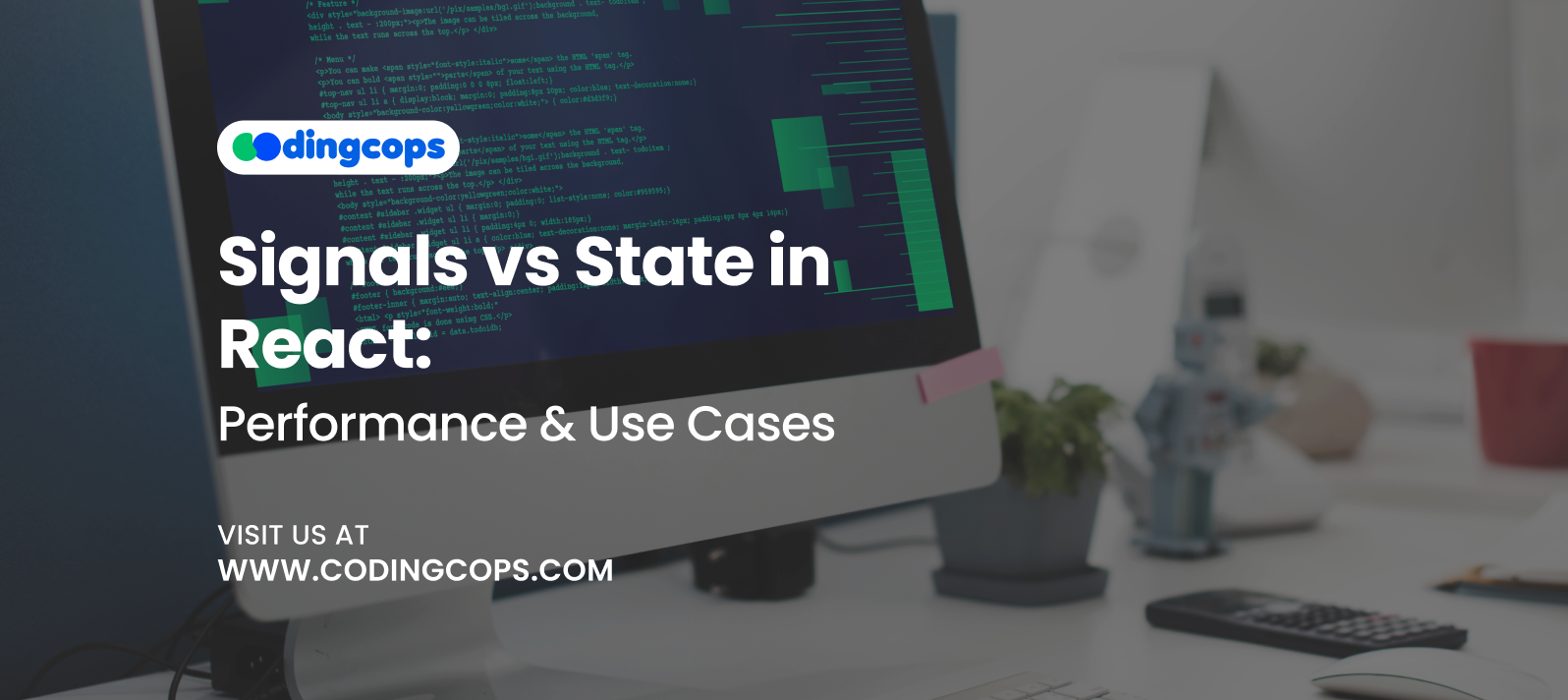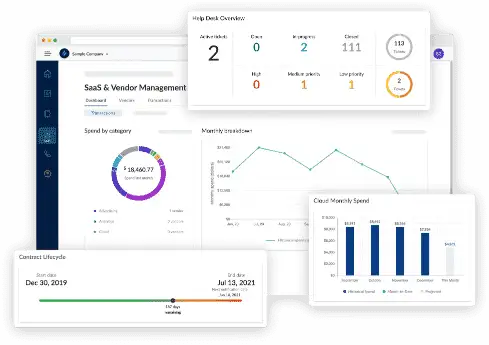React Query is already appreciated as one of the most important tools when it comes to React. It holds great importance, especially for handling server state for React applications.
Apart from making fetching data easier, this library comes with numerous other attributes such as caching, and background data synchronization among others. In order to level up your development process and create better React applications, learning React Query is the move.
What is React Query?
In its simplest form, React Query is considered to be a data-fetching tool that deals with the server state in the context of the React framework. Server state refers to the data fetched from an API or server that is essential for rendering components in your application.

Unlike a local state, a server state needs to be synchronized with a remote source, making it more complex to manage. This is where React Query shines.
React Query is an open-source library that simplifies the management of the state by offering a variety of tools and hooks to handle data fetching, caching, and synchronization automatically. For any form of data handling, be it accessing APIs or handling and processing data, React Query simplifies the process.
Key Features of React Query
The following are some of the best features of React Query:

- Data Fetching
React Query is loaded with features that make it a great tool to integrate into any React application.
- Caching
Automatically caches data to avoid redundant requests, improving application performance.
- Synchronization
Ensures that data is consistent across components and even across different tabs in the browser.
- Automatic Refetching
Creates a background process that refreshes data where needed, making sure your app shows data that is updated in real time.
- Pagination and Infinite Scrolling
Can include support for working with paginated data sources and integrating infinite scrolling, which are quite complex operations.
Why Use React Query?

While building React applications, data management, specifically between the client and the server, is still one of the major issues. Without the proper tools for this, it leads to a lot of repetitive code within the code generator itself, degraded performance, and ultimately a bad user experience.
React Query can overcome these challenges directly, and provide a better solution for developers. Here are some of the key reasons why React Query should be a part of your development toolkit:
- Reduced Boilerplate
What makes React Query stand out is that it cuts down the amount of redundant code necessary for data fetching, caching, and synchronization. This allows you to focus a lot on the development of features rather than the real stuff that is being transferred.
- Improved Performance
To enhance the application’s functionality, React Query offers features such as caching and avoiding additional requests. This not only lessens the burden on the server but also enhances the turnover rate of the page for the user.
- Simplified Error Handling
React Query includes built-in error handling mechanisms, making it easier to display error messages and retry failed requests. This leads to the creation of more valuable applications.
- Better User Experience
Such attributes as automated data update and background data retrieval make sure that the data is up to date without the necessity of the page update. This results in personalization and convenience every time one is engaging with a specific product or a service.
Getting Started with React Query
The main purpose of the framework is to be seamlessly integrated into any given React application. It is easy to put into practice and as soon as you’ve implemented the program, it starts enhancing the speed of your data acquisition activities.
To begin using React Query, you first need to install it in your React project. After installation, you can easily wrap your application in a provider that makes React Query’s functionality available throughout your component tree. From there, you can actually begin using the hooks of the package to get data, cache, and mutate.
Advanced Features of React Query

React Query is not just limited to basic data fetching and mutations. It also covers those more complex use cases that play a lot in enhancing the richness of your application.
- Pagination
Working with paginated data can be cumbersome at times, although with React Query, it becomes a one-click process due to the integration of pagination support. This makes it possible for you to retrieve data from the website one page at a time while being able to manage the current page state.
- Infinite Scrolling
One of the main trends in modern web applications is the implementation of an endless scroll, where users can load more data when scrolling the page. React Query’s support for infinite scrolling simplifies the implementation of this feature.
- Background Data Synchronization
React Query can provide background refetching when the user brings the window to the foreground or regains network connectivity. This makes sure that your application’s data is fresh at all times even if the user moves to a different room for some time.
Conclusion
Therefore, by gaining an awareness of what React Query entails, it is quite possible to enhance the handling of data in any React-based application. By simplifying the process of data fetching, caching, and synchronization, React Query allows you to focus on what matters most: how to build great user interfaces.



















